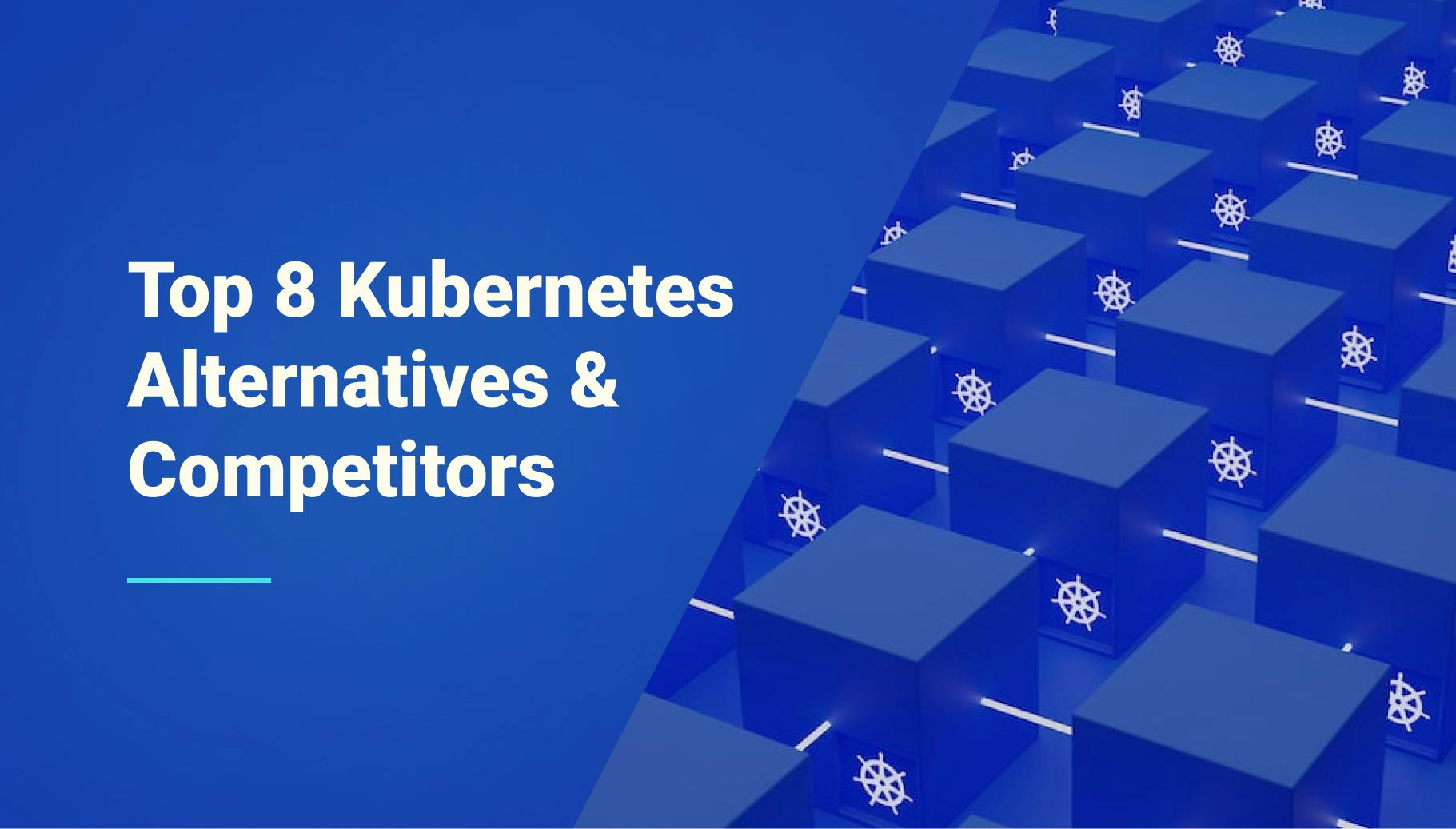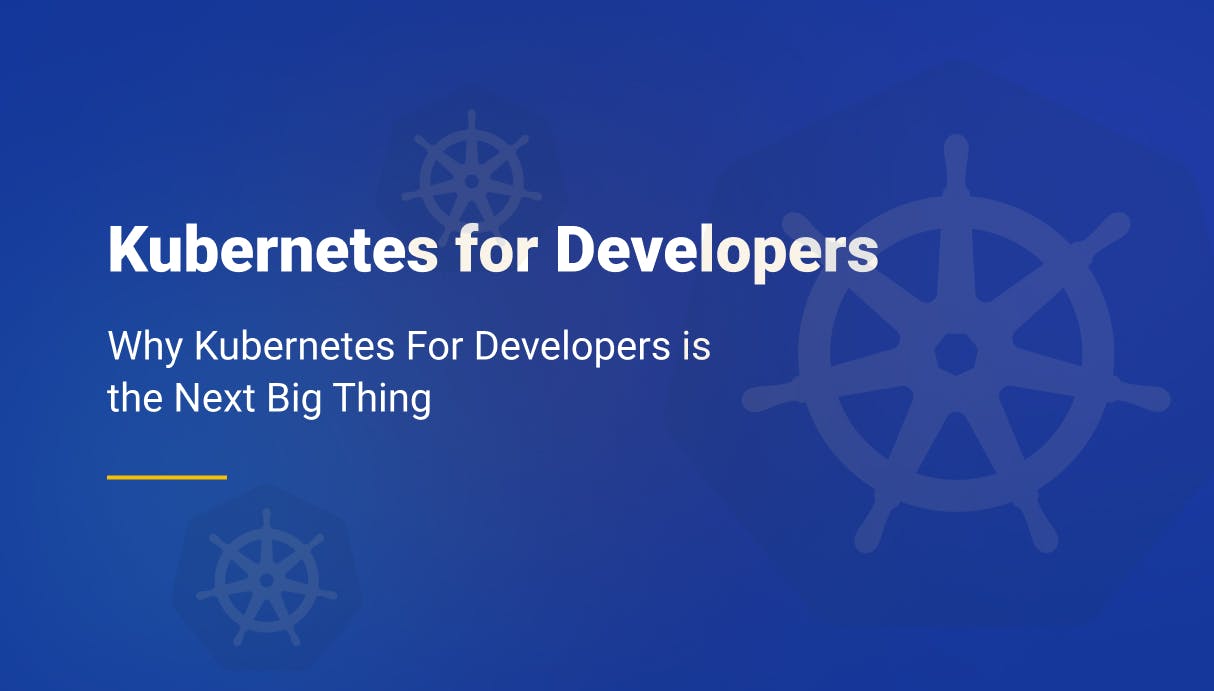Top 4 Crossplane Alternatives & Competitors
The evolution of cloud infrastructure management has been significantly influenced by the development of Infrastructure as Code (IaC) tools, among which Crossplane stands out as a pioneering solution. CrossPlane, an open-source project, revolutionizes how developers manage and orchestrate cloud services by extending Kubernetes with powerful abstractions for multi-cloud environments. This innovative approach allows for seamless infrastructure management alongside applications, utilizing Kubernetes' declarative API. However, as the world of cloud infrastructure evolves, exploring Crossplane alternatives becomes imperative. Competing tools offer distinct paradigms, features, and benefits that might better align with specific project requirements, operational philosophies, or technical preferences. This article will go through the Crossplane alternatives in detail including their features, pros and cons, and ideal use cases

Morgan Perry
February 13, 2024 · 6 min read
Let’s start by understanding the Crossplane and its salient features.
#What is Crossplane?
Crossplane is an open-source Infrastructure as Code (IaC) tool that extends Kubernetes to manage and compose infrastructure across multiple vendors. It’s a powerful tool that brings efficient deployment techniques to the forefront through which developers manage their infrastructure just like they manage their applications.
Crossplane introduces a new layer of abstraction over traditional IaC tools. It leverages the Kubernetes control plane to manage a wide range of public and private cloud services. This means you can use the same declarative API you use to run your applications to provision and manage your cloud infrastructure.
Crossplane achieves this by introducing Managed Resources that represent granular, composable pieces of infrastructure in a cloud provider, and Composite Resources that group these managed resources into higher-level abstractions.
#Key Features and Benefits of Using Crossplane
Using Crossplane comes with several key features and benefits:
- Multi-cloud deployments: Crossplane supports a wide range of cloud providers, allowing you to deploy your applications across different vendors and avoid vendor lock-in. This feature is complemented by Qovery’s ability to manage applications across multiple environments.
- Infrastructure as Code: With Crossplane, you can manage your infrastructure using the same declarative syntax as Kubernetes. This makes it easier to version control and collaborate on your infrastructure. Qovery enhances this feature by providing a user-friendly interface for managing your applications and infrastructure.
- Workload Portability: Crossplane enables workload portability, which means you can move your applications and configurations between different cloud providers without changing your code. Qovery complements this by providing a consistent environment for your applications, regardless of the underlying cloud provider.
- Real-time updates and monitoring: Crossplane provides detailed insights into your resources, allowing you to monitor and manage them in real time. Qovery enhances this feature by providing additional insights into your application performance and resource usage.
- Integration with existing tools: Crossplane works seamlessly with existing tools like Helm, OAM, and more, providing a comprehensive solution for cloud-native development. Qovery complements this by integrating with your existing CI/CD pipelines and providing additional tools for application management.
#Top 4 Crossplane Alternatives & Competitors
When it comes to managing cloud infrastructure, there are several alternatives to Crossplane. Each of these tools has its strengths and weaknesses, and the best choice depends on your specific use cases. Let’s take a closer look at some of the top competitors:
#Terraform
Terraform is an open-source tool that allows you to define and provide data center infrastructure using a declarative configuration language. It is different from Crossplane in that it is not tied to Kubernetes and does not use custom resource definitions (CRDs).
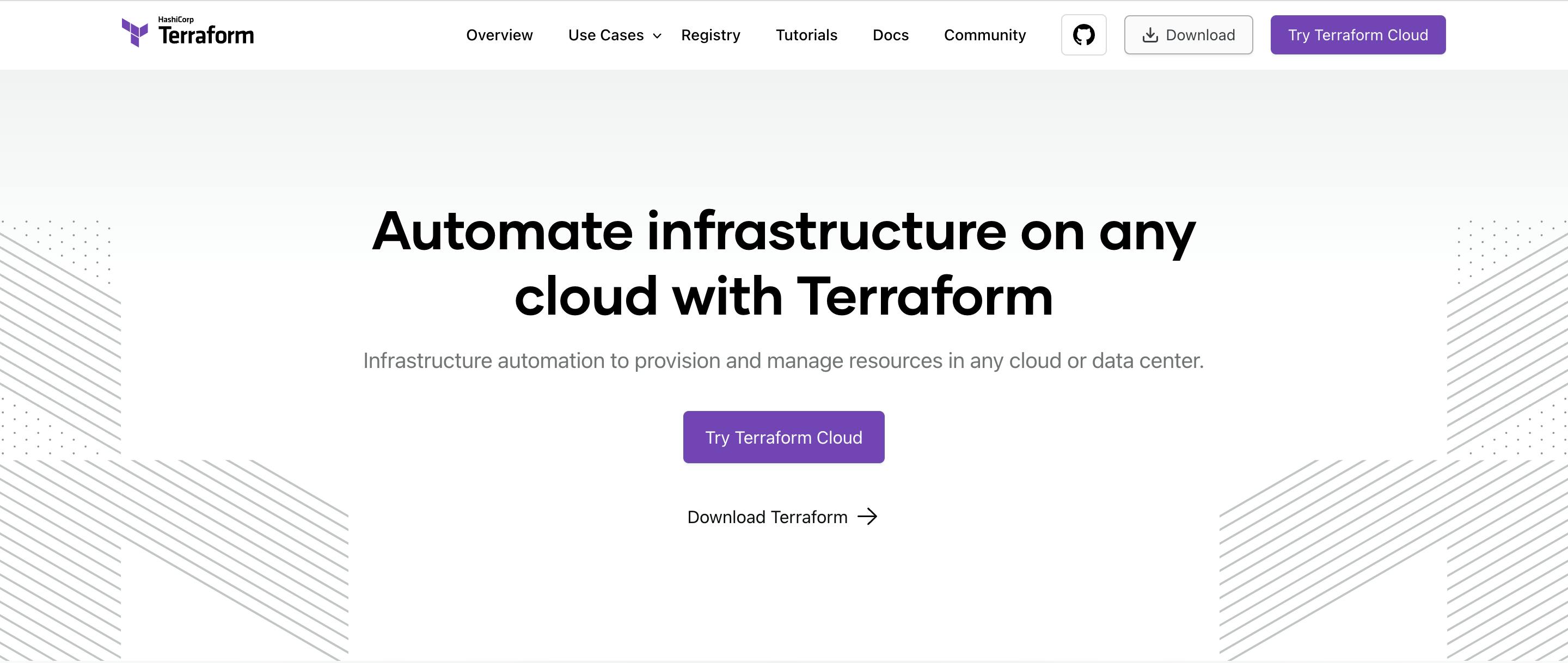
Pros:
- Mature and widely adopted.
- Supports a large number of cloud providers.
- Strong community support.
Cons:
- Learning curve can be steep.
- State management can be complex.
Use Terraform for:
- Ideal for teams that need to manage a wide range of cloud resources.
- Suitable for those who prefer a declarative approach to infrastructure as code.
- Great for organizations looking for a mature and widely adopted tool.
- Works well for teams that need to support a large number of cloud providers.
#Pulumi
Pulumi is another Infrastructure as Code (IaC) tool that allows developers to use familiar programming languages to define and manage cloud resources. Unlike Crossplane, Pulumi does not extend Kubernetes but provides its own platform for infrastructure management.
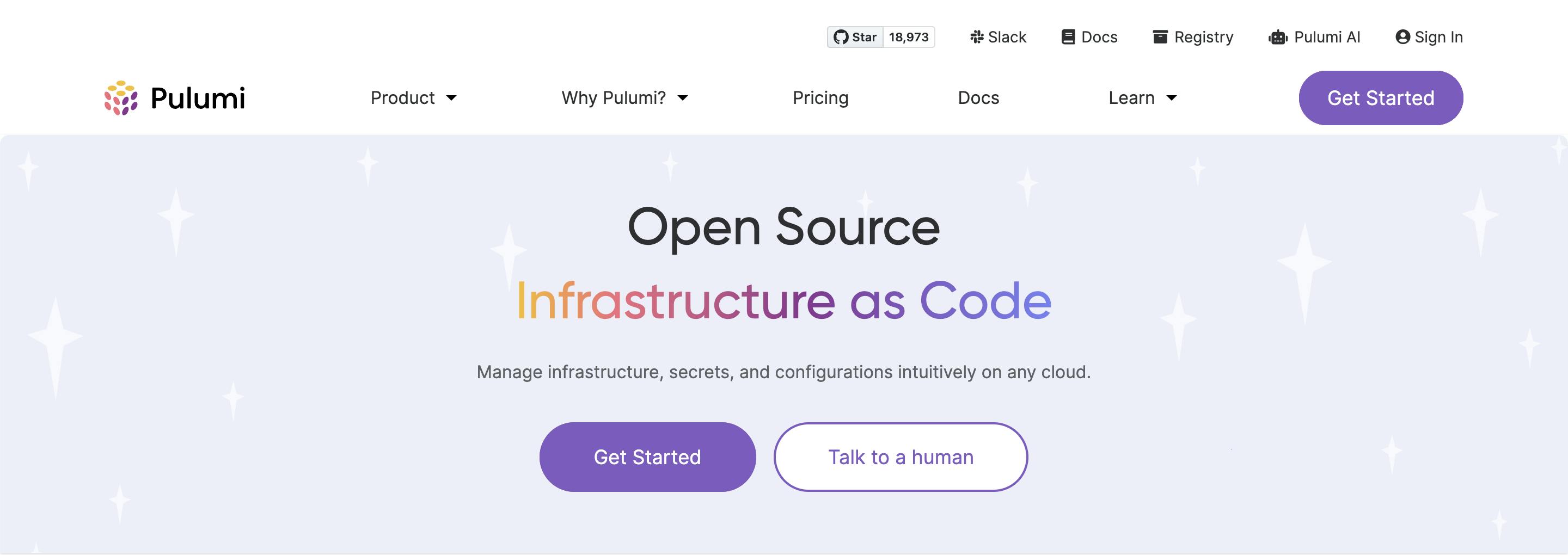
Pros:
- Supports multiple programming languages.
- Real-time updates and monitoring.
- Strong integration with existing CI/CD pipelines.
Cons:
- Less mature than some alternatives.
- Some complexities with state management.
User Pulumi for:
- A good choice for developers who prefer to use a familiar programming language for infrastructure management.
- Suitable for teams that need strong integration with existing CI/CD pipelines.
- Ideal for organizations that require real-time updates and monitoring of their infrastructure.
- Works well for teams that are comfortable with a tool that is less mature than some alternatives.
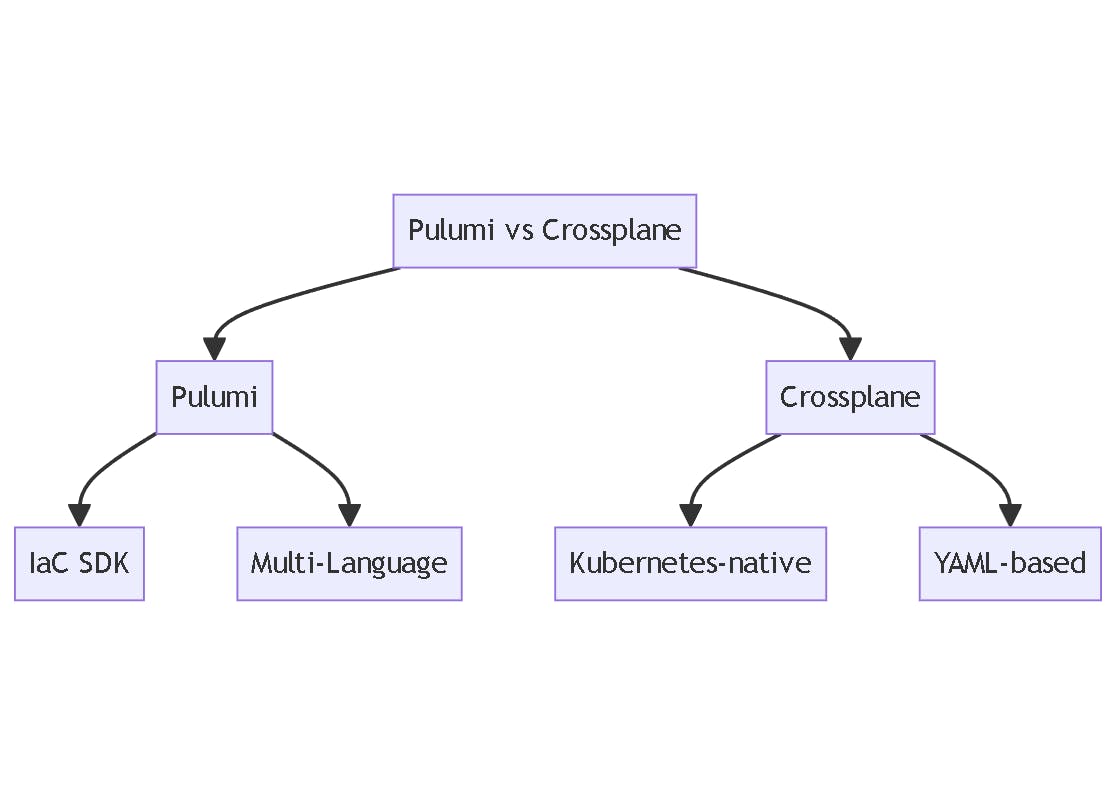
#Spacelift
Spacelift is a cloud-native continuous delivery platform that helps you manage your infrastructure as code. Unlike Crossplane, Spacelift is not tied to Kubernetes and provides its own platform for infrastructure management.
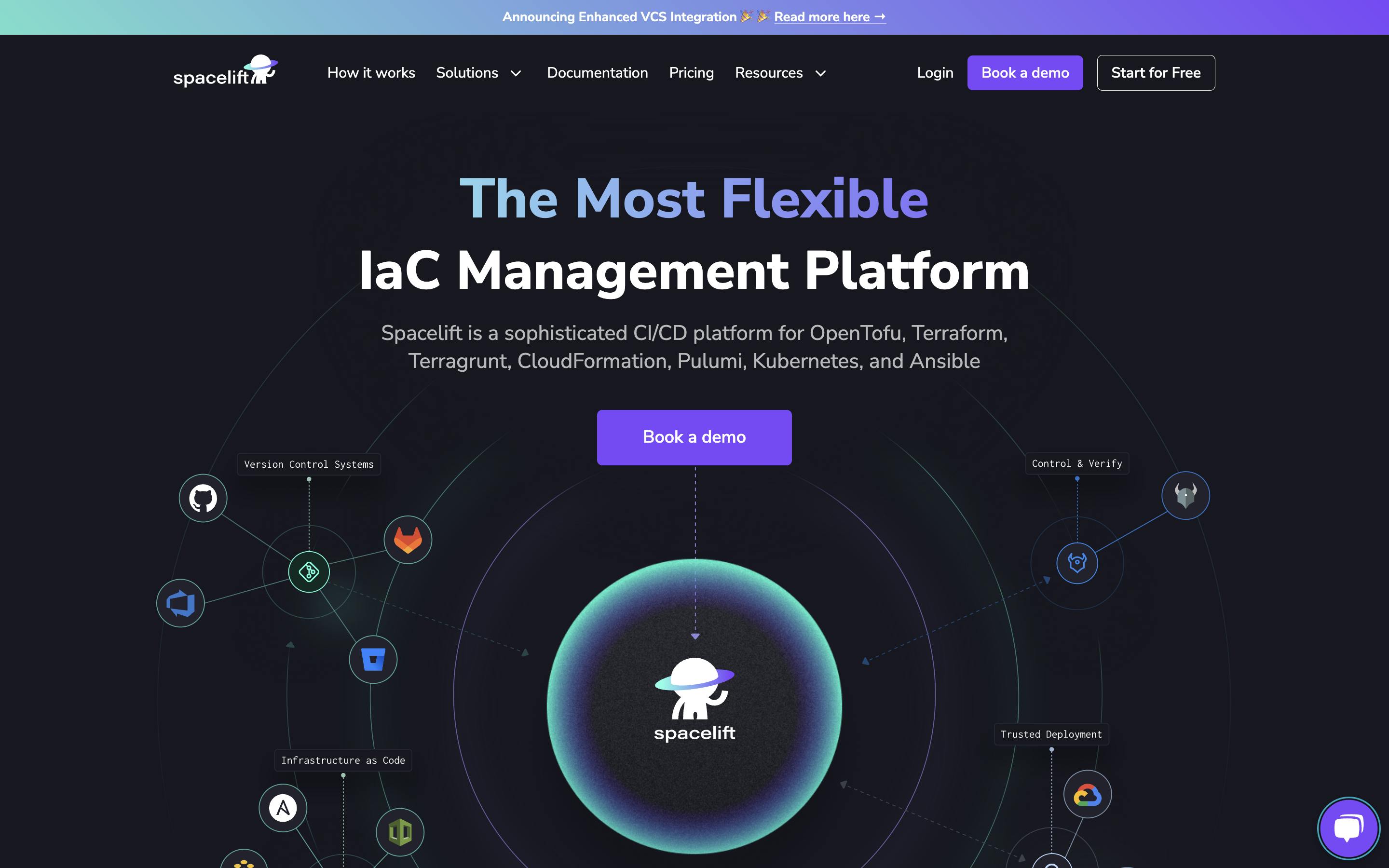
Pros:
- Provides a powerful policy engine.
- Supports multiple cloud providers.
- Offers a user-friendly interface.
Cons:
- Less mature than some alternatives.
- Limited community support.
Use Spacelift for:
- Best for teams that need a user-friendly interface for managing a wide range of cloud resources.
- Suitable for organizations that require a powerful policy engine for managing their infrastructure.
- Ideal for teams that need to support multiple cloud providers.
- Works well for organizations that are comfortable with a tool that is less mature than some alternatives.
#Env0
Env0 is a cloud management platform that provides automated and collaborative remote-run workflows for Infrastructure as Code. Unlike Crossplane, Env0 is not tied to Kubernetes and provides its own platform for infrastructure management.

Pros:
- Supports multiple Infrastructures as Code frameworks.
- Provides cost estimation and governance features.
- Offers self-service capabilities for developers.
Cons:
- Limited support for non-cloud resources.
- Less mature than some alternatives.
Use Env0 for:
- A good choice for organizations that need cost estimation and governance features for their cloud resources.
- Suitable for teams that require support for multiple Infrastructures as Code frameworks.
- Ideal for organizations that need to provide self-service capabilities for developers.
- Works well for teams that are comfortable with a tool that has limited support for non-cloud resources.
#Comparison Table
Below is a summary table for a comparison of Crossplane alternatives.
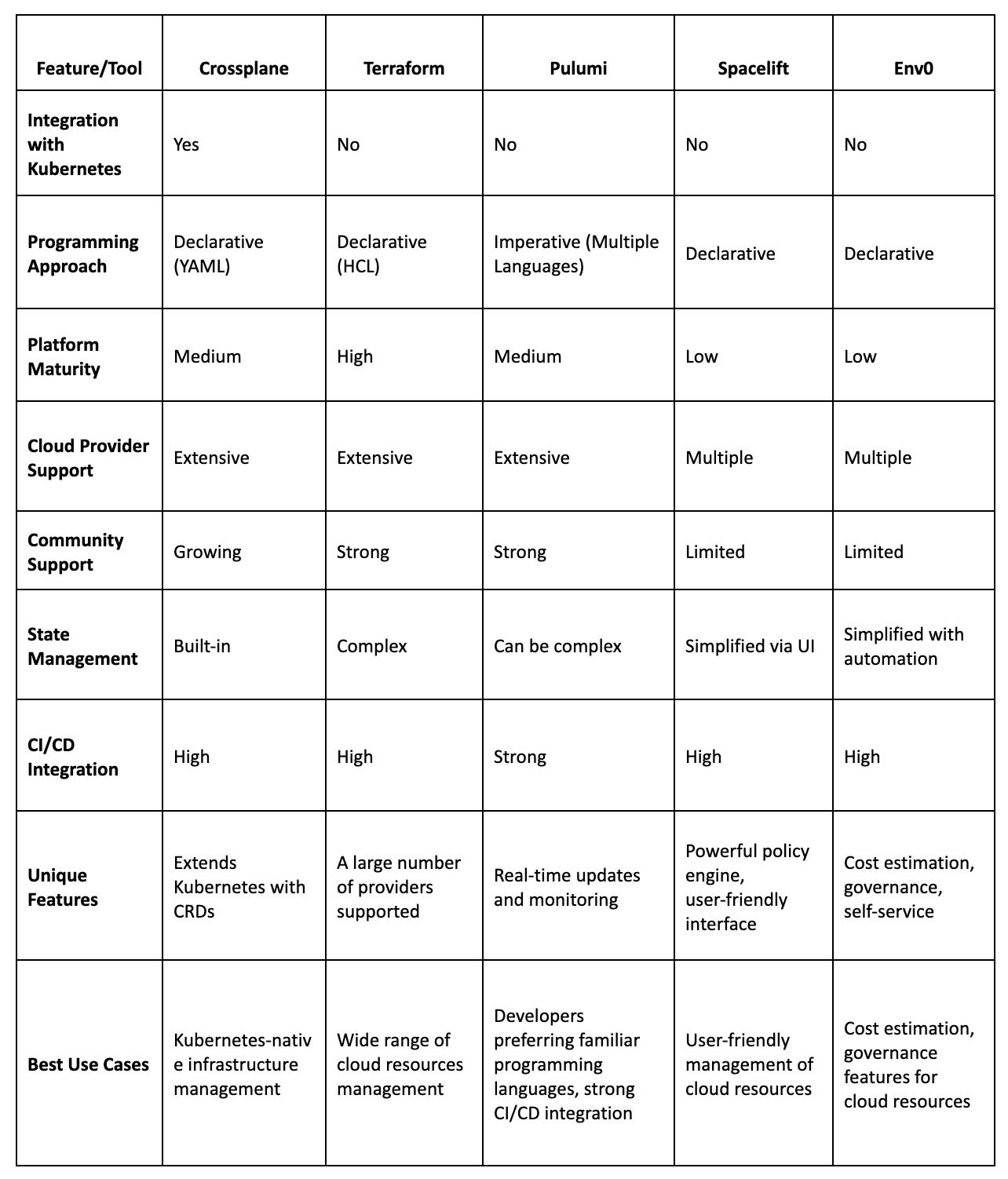
#How Qovery Complements Crossplane
Qovery and Crossplane can work together to provide a robust, scalable, and efficient cloud infrastructure management solution. Here’s how:
Qovery, an Internal Developer Platform, can leverage Crossplane’s multi-cloud deployment capabilities to provide seamless deployment across various cloud providers. This combination allows developers to focus on writing code, while Qovery and Crossplane handle the complexities of infrastructure management. To explore further how Qovery complements Crossplane, check out this article that explores this combination in detail.
#Benefits of Using Qovery and Crossplane Together
Using Qovery and Crossplane together brings several benefits:
- Enhanced Developer Experience (DevEx): With Qovery’s intuitive interface and Crossplane’s infrastructure as code capabilities, developers can manage cloud resources with ease, leading to improved productivity.
- Self-Service Capabilities: Qovery provides self-service capabilities, allowing developers to deploy and manage applications independently.
- Unified Workflow: By integrating Qovery and Crossplane, teams can establish a unified workflow for application deployment and infrastructure management. This can lead to more efficient processes and less context-switching for developers.
- Real-Time Updates and Monitoring: Both Qovery and Crossplane provide real-time updates and monitoring capabilities, ensuring developers have up-to-date information about their applications and resources.
#Conclusion
Each option we looked at has its own special features and is suited for different kinds of projects. For example, Terraform is great if you need to work with many cloud providers and like clear, predefined setups. Pulumi stands out for those who want to code in languages they're already familiar with and need their updates fast. Spacelift is perfect for teams looking for an easy-to-use platform that helps them follow rules and policies easily, while Env0 suits organizations that want to keep an eye on costs and let developers handle their own cloud needs. The key takeaway is to match the tool to your project's needs whether that's flexibility, ease of use, cost control, or something else.
As you consider the future of your cloud infrastructure management, why not take the first step toward simplification and efficiency? Start your journey with Qovery today by signing up for a free trial. Discover how Qovery complements tools like Crossplane to enhance your cloud management experience.
Your Favorite Internal Developer Platform
Qovery is an Internal Developer Platform Helping 50.000+ Developers and Platform Engineers To Ship Faster.
Try it out now!

Your Favorite Internal Developer Platform
Qovery is an Internal Developer Platform Helping 50.000+ Developers and Platform Engineers To Ship Faster.
Try it out now!

